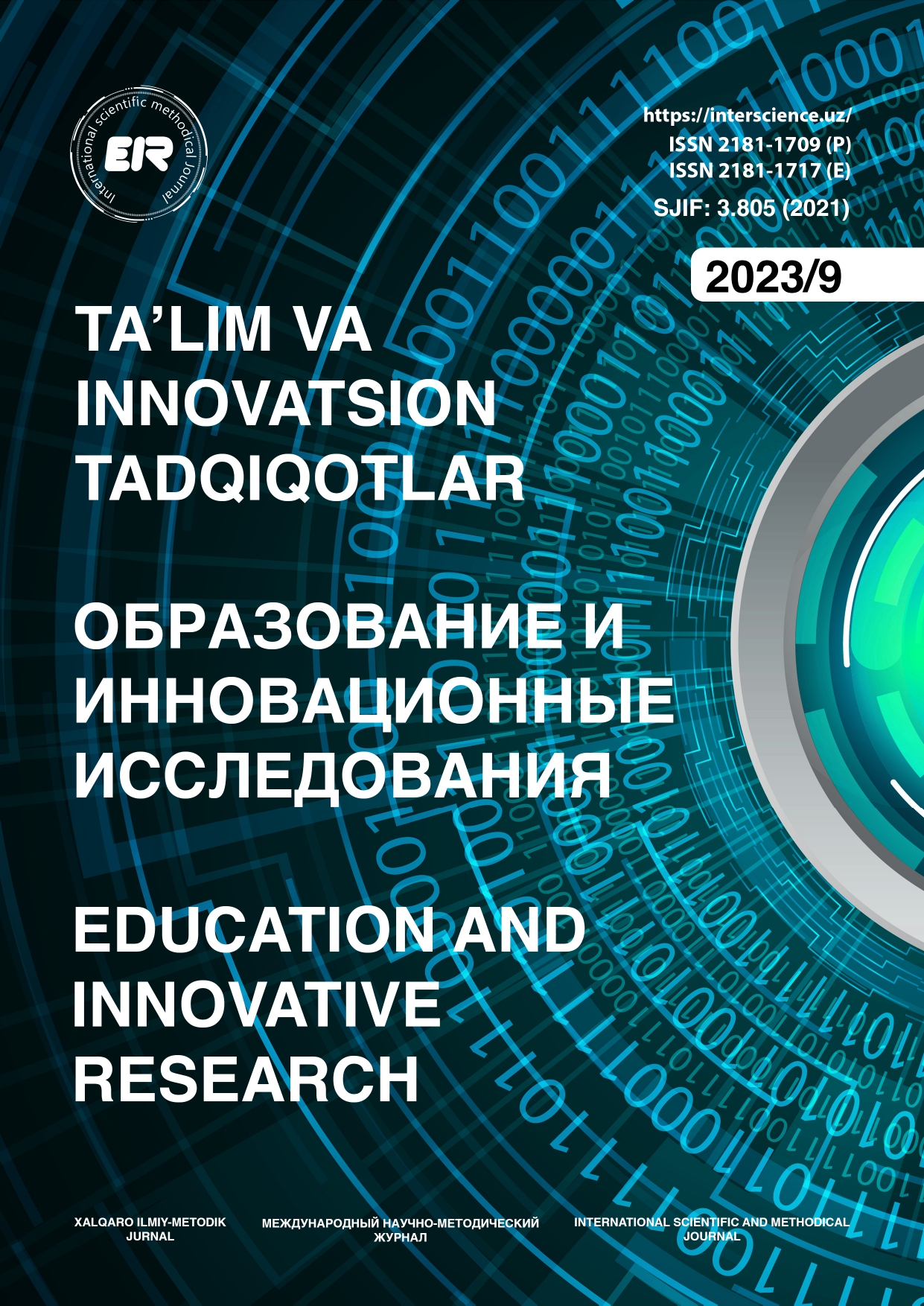TEACHING FOREIGN LANGUAGES THROUGH ONLINE PLATFORMS A COMPREHENSIVE REVIEW AND ANALYSIS
Axmadjonova Diyorakhon Dilshod qizi, Teacher of the 3rd public school, independent researcher
Keywords:
foreign language teaching, effectiveness, literature review, research methodology, analysis, results, conclusion, recommendationsAbstract
This research article aims to explore the effectiveness of teaching foreign languages through online platforms. The study provides an in-depth analysis of existing literature on this topic, examines the research methodology employed in previous studies, and presents the findings and recommendations based on the analysis of collected data. The research highlights the benefits and challenges associated with online language learning, emphasizing the need for further research and improvement in this field.
References
Al-Shehri, A. (2019). The Impact of Virtual Reality on Second Language Acquisition. International Journal of Emerging Technologies in Learning, 14(3), 4-18.
Arnold, N., &Ducate, L. (2006). Future foreign language teachers’ social and cognitive collaboration in an online environment. Language Learning & Technology, 10(1), 42-66.
Blyth, C., & Wagner, E. (2016). The impact of virtual exchange on language learners’ intercultural competence: A review. CALICO Journal, 33(3), 273-289.
Chun, D. M., Kern, R., & Smith, B. (2016). Technology in language use, language teaching, and language learning. The Modern Language Journal, 100(S1), 64-80.
Godwin-Jones, R. (2017). Emerging technologies in language learning. Language Learning & Technology, 21(2), 1-4.
Hampel, R., & Stickler, U. (2012). The use of videoconferencing to support multimodal interaction in an online language classroom.ReCALL, 24(2), 116-137.
Kukulska-Hulme, A., & Shield, L. (2008). An overview of mobile assisted language learning: From content delivery to supported collaboration and interaction. ReCALL, 20(3), 271-289.
Lamy, M. N., &Hampel, R. (2017). Online communication in a second or foreign language: Challenges and opportunities for research and practice. Language Teaching, 50(3), 261-279.
Levy, M., &Stockwell, G. (2006). CALL dimensions: Options and issues in computer-assisted language learning. Routledge. 10. Warschauer, M. (2006). Laptops and literacy: Learning in the wireless classroom. Teachers College Press.





